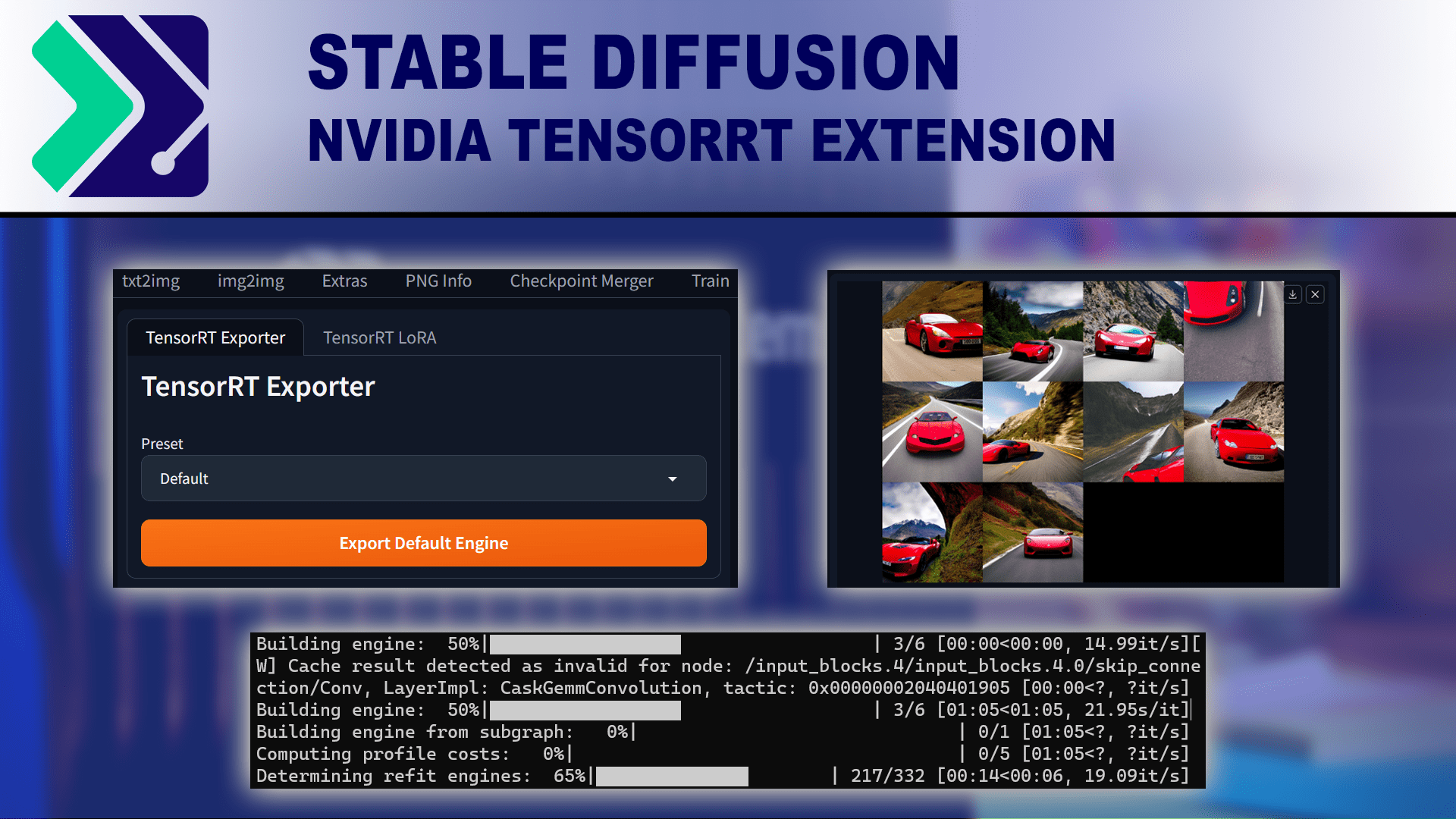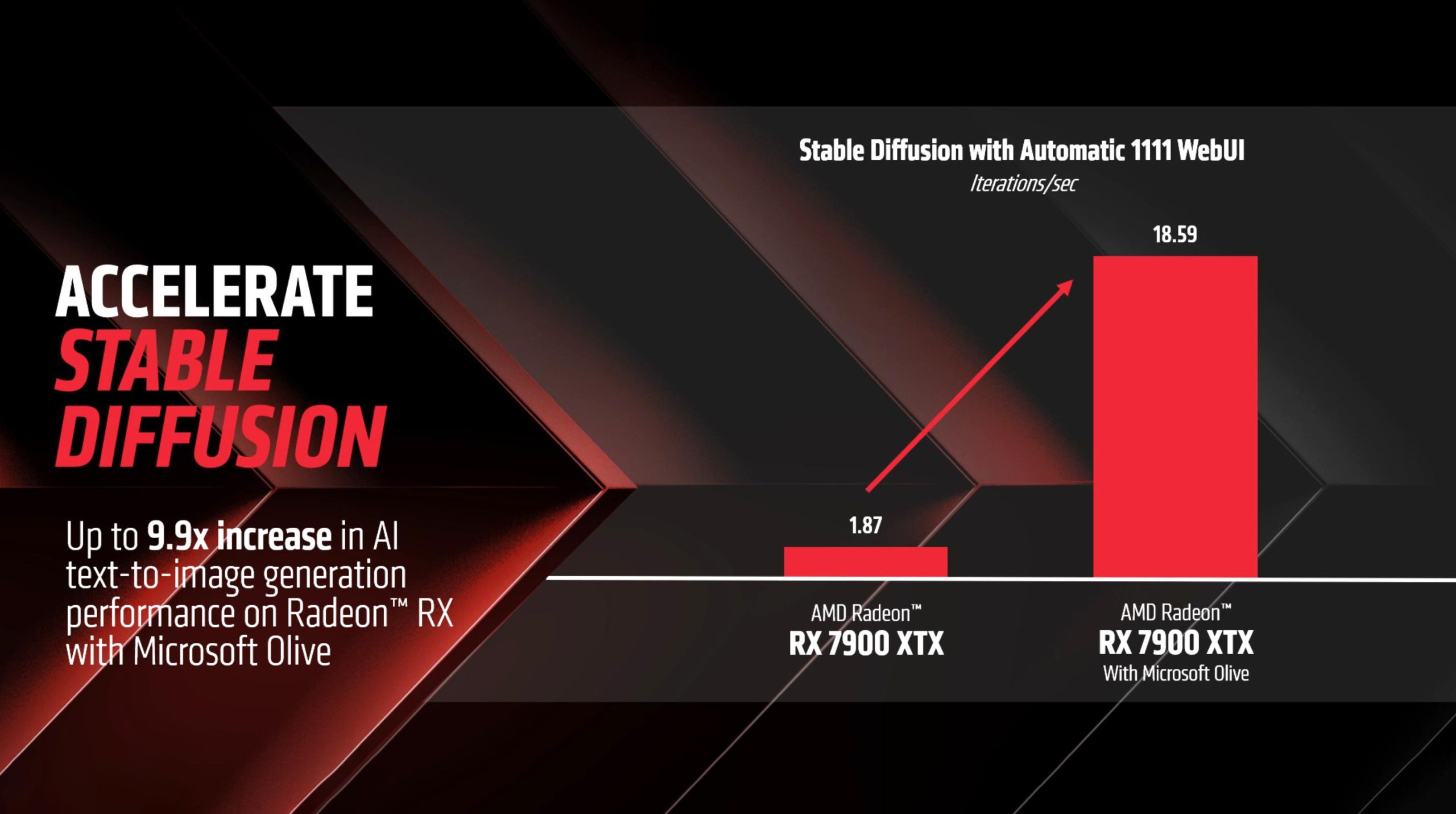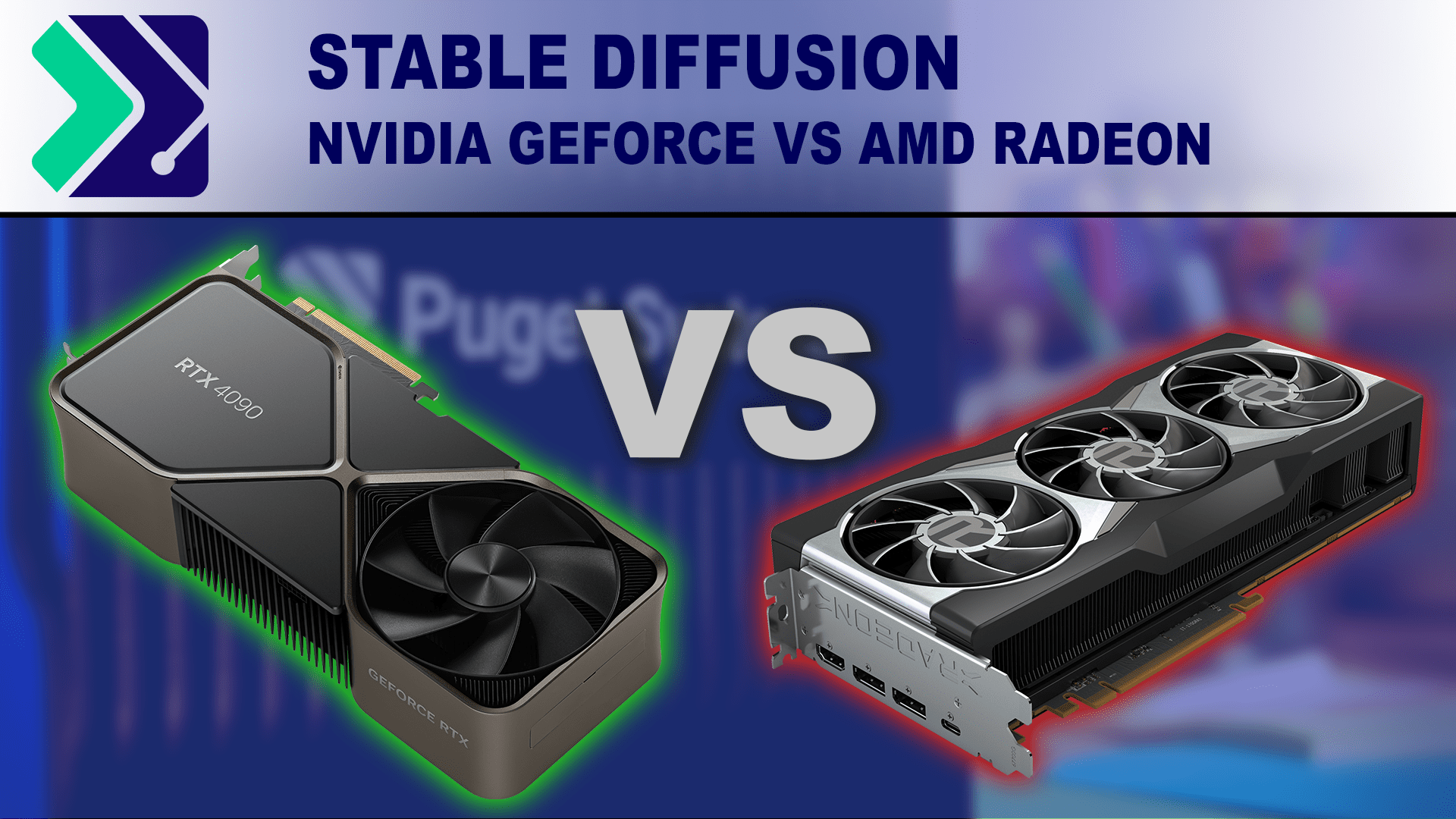Originally posted by sophisticles
View Post
Opensourcing everything is foolish, only AMD must fix the bugs of their software.
LIbraries, drivers and frameworks need to be rock solid.









Comment